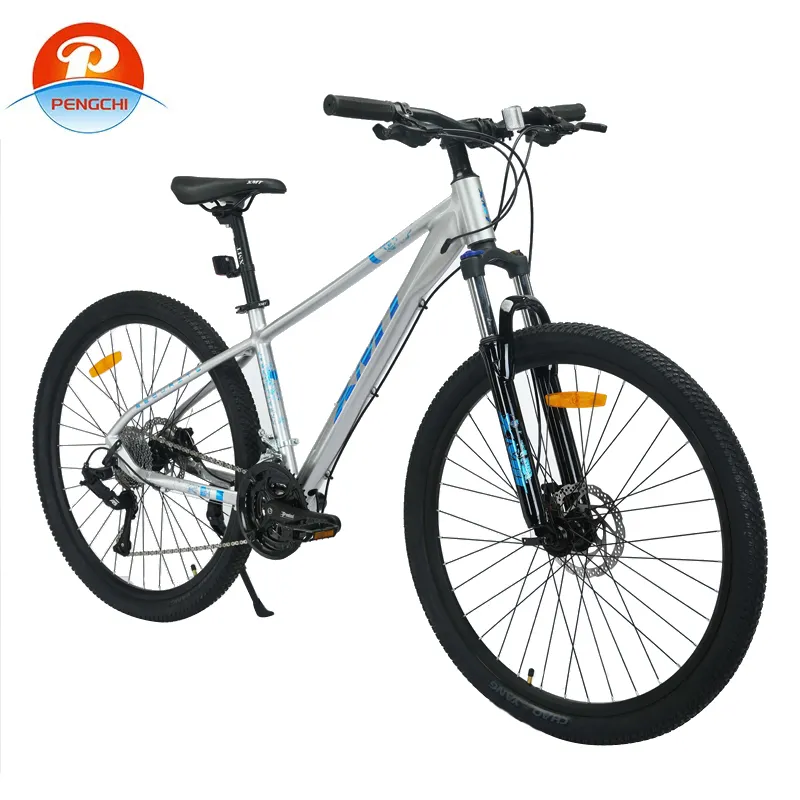
-
 Afrikaans
Afrikaans -
 Arabic
Arabic -
 Belarusian
Belarusian -
 Bengali
Bengali -
 Bulgarian
Bulgarian -
 Croatian
Croatian -
 Czech
Czech -
 Danish
Danish -
 Dutch
Dutch -
 English
English -
 Finnish
Finnish -
 French
French -
 German
German -
 Greek
Greek -
 hawaiian
hawaiian -
 Hebrew
Hebrew -
 Hindi
Hindi -
 Hungarian
Hungarian -
 Indonesian
Indonesian -
 irish
irish -
 Italian
Italian -
 Japanese
Japanese -
 Javanese
Javanese -
 kazakh
kazakh -
 Khmer
Khmer -
 Korean
Korean -
 Kyrgyz
Kyrgyz -
 Lao
Lao -
 Latin
Latin -
 Luxembourgish
Luxembourgish -
 Malay
Malay -
 Myanmar
Myanmar -
 Norwegian
Norwegian -
 Persian
Persian -
 Polish
Polish -
 Portuguese
Portuguese -
 Romanian
Romanian -
 Russian
Russian -
 Serbian
Serbian -
 Slovak
Slovak -
 Somali
Somali -
 Spanish
Spanish -
 Swedish
Swedish -
 Tagalog
Tagalog -
 Thai
Thai -
 Turkish
Turkish -
 Turkmen
Turkmen -
 Ukrainian
Ukrainian -
 Uighur
Uighur -
 Vietnamese
Vietnamese
Feb . 03, 2025 00:41 Back to list
how to choose a beginner mountain bike
Selecting the right mountain bike for beginners demands a strategic blend of understanding one’s personal needs, recognizing key bike features, and aligning these with budget considerations. This endeavor not only empowers new riders but also enhances their experience on the trails. Here's a comprehensive guide tapping into experience, expertise, authoritativeness, and trustworthiness to ease beginners into the mountain biking realm.
Gearing and Brake Systems Modern mountain bikes come with a single chainring in the front, known as a 1x drivetrain, making gear switching intuitive and straightforward—a boon for beginners. Hydraulic disc brakes are highly recommended, offering more stopping power and reliability compared to mechanical brakes, especially under diverse weather conditions. Prioritizing a good gearing and braking system leads to increased safety and comfort. Trial and Personal Comfort Purchasing online might be tempting but visiting local stores to test-ride different bikes enhances understanding of personal fit and comfort, both fundamental in a bike choice. Pay attention to bike ergonomics, such as the handlebar width, saddle comfort, and reach. Riding the bike before purchase ensures that size and feel align perfectly with personal preferences. Budget and Brand Reliability Setting a realistic budget is crucial for any beginner. While it might be tempting to opt for top-tier models, starting with a mid-range bike allows you to gauge your commitment to the sport. Renowned brands often provide the reassurance of quality, after-service, and warranties, making them a reliable choice for beginners. Investing wisely paves the way for a smoother start to your mountain biking journey. Community and Continued Learning Engagement with local biking communities or online forums can be invaluable. Here, beginners can gain insights into bike maintenance, trail recommendations, and improving riding techniques. Knowledge sharing within these groups reinforces learning, providing beginners with additional perspectives and a supportive environment. With this expert approach tailored to new riders’ needs, selecting a beginner mountain bike becomes less daunting. Focused on personal preferences, trail characteristics, and a modest budget, this guide aims to establish a solid foundation, ensuring a thrilling yet comfortable entry into the mountain biking world.


Gearing and Brake Systems Modern mountain bikes come with a single chainring in the front, known as a 1x drivetrain, making gear switching intuitive and straightforward—a boon for beginners. Hydraulic disc brakes are highly recommended, offering more stopping power and reliability compared to mechanical brakes, especially under diverse weather conditions. Prioritizing a good gearing and braking system leads to increased safety and comfort. Trial and Personal Comfort Purchasing online might be tempting but visiting local stores to test-ride different bikes enhances understanding of personal fit and comfort, both fundamental in a bike choice. Pay attention to bike ergonomics, such as the handlebar width, saddle comfort, and reach. Riding the bike before purchase ensures that size and feel align perfectly with personal preferences. Budget and Brand Reliability Setting a realistic budget is crucial for any beginner. While it might be tempting to opt for top-tier models, starting with a mid-range bike allows you to gauge your commitment to the sport. Renowned brands often provide the reassurance of quality, after-service, and warranties, making them a reliable choice for beginners. Investing wisely paves the way for a smoother start to your mountain biking journey. Community and Continued Learning Engagement with local biking communities or online forums can be invaluable. Here, beginners can gain insights into bike maintenance, trail recommendations, and improving riding techniques. Knowledge sharing within these groups reinforces learning, providing beginners with additional perspectives and a supportive environment. With this expert approach tailored to new riders’ needs, selecting a beginner mountain bike becomes less daunting. Focused on personal preferences, trail characteristics, and a modest budget, this guide aims to establish a solid foundation, ensuring a thrilling yet comfortable entry into the mountain biking world.
Latest news
-
Premium Titanium Road Bike: Lightweight & Durable
NewsAug.01,2025
-
Red Black BMX Bike with GPT-4-Turbo AI Tech
NewsJul.31,2025
-
New Red Anti-theft E-Bike | Easy Ride City Commuter
NewsJul.31,2025
-
BMX 20 Inch Bikes for Freestyle & Street | Fat Tire Options Available
NewsJul.30,2025
-
322 High Quality 26 Inch 21 Speed Adult Mountain Bike OEM MTB
NewsJul.29,2025
-
Specialized Kids Mountain Bikes - Safe, Durable & Fun Riding Experience
NewsJul.29,2025

